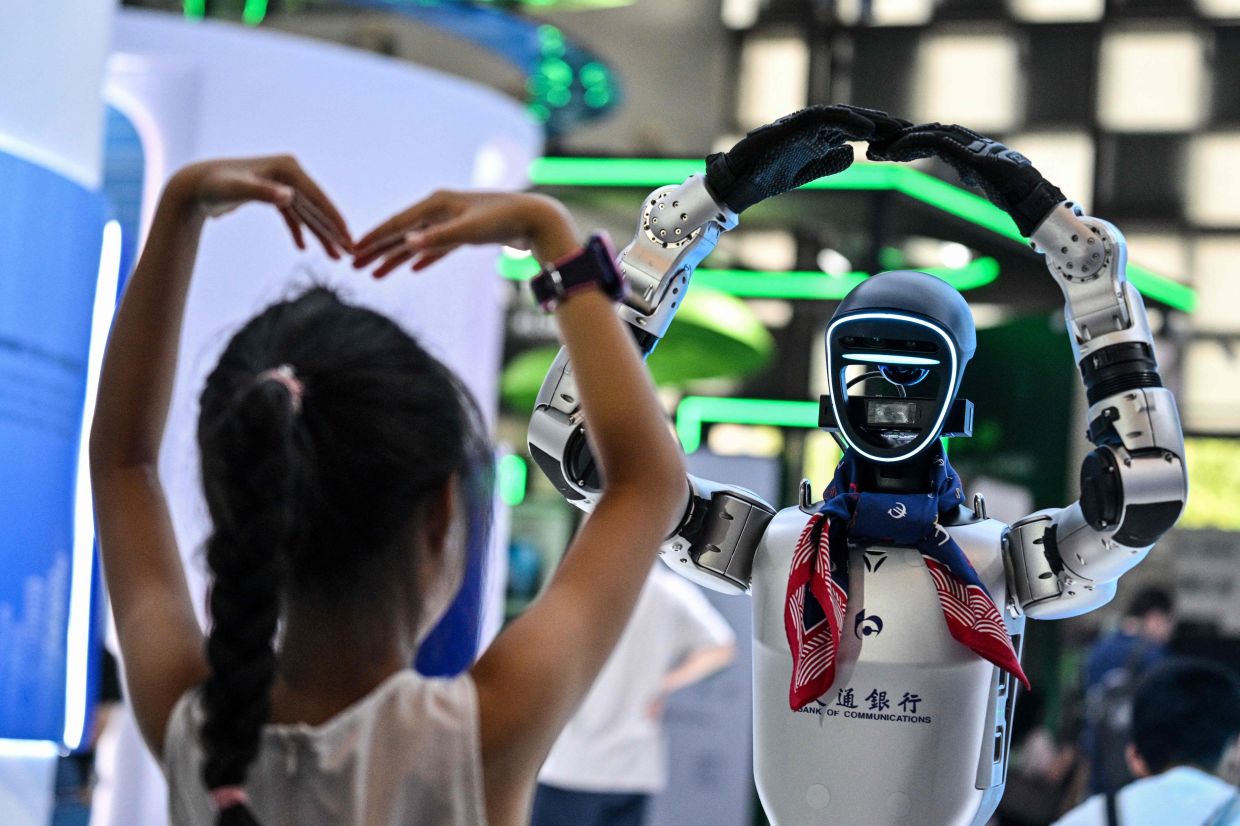AI Innovations and Market Growth: The Future of Technology
Author: Tech Analyst

In recent years, the global landscape of technology has seen rapid transformations, particularly in the realms of artificial intelligence (AI) and electric vehicles (EVs). As companies innovate and strive to improve their market positions, nations like China are stepping up their game to compete with established leaders such as the United States. This article dives into pivotal developments in AI, the electric vehicle tire market, and other significant trends that are shaping the future of technology.
One of the most notable highlights in the AI sector is the emergence of Chinese start-ups, such as DeepSeek, which recently unveiled a highly advanced chatbot. This development has challenged the long-held assumption that the U.S. was significantly ahead in AI technology. DeepSeek's chatbot reportedly performs on par with top American systems, but at a fraction of the cost. As a result, the U.S. must now reevaluate its position in this rapidly evolving field.

DeepSeek's chatbot: A new contender in the AI space.
In the electric vehicle market, which is also undergoing significant growth, a report by MarketsandMarkets anticipates the global electric vehicle tires market will expand from USD 11.21 billion in 2025 to USD 27.63 billion by 2032, reflecting a Compound Annual Growth Rate (CAGR) of 13.6%. The increasing demand for electric vehicles, driven by environmental concerns and technological advancements, is a key factor fueling this growth.
Simultaneously, the organic electronics market is projected to reach USD 147.49 billion by 2029. This growth is attributed to advancements in materials science and the increasing application of organic components in various devices. As industries continue to innovate, the growth of these markets is expected to have a substantial impact on technology and sustainability.
AI technology is accelerating corporate profitability, as evidenced by Panasonic's battery division, which reported a 47% year-on-year profit increase in the first quarter of 2025, primarily due to soaring demand for data center energy storage systems driven by investments in AI. This surge in AI-related opportunities is helping companies offset challenges posed by tariff impacts and changing EV tax credits.

Market growth for electric vehicle tires is set to soar.
In another significant move, tech giants are adapting to prevailing regulations and industry standards by participating in AI governance frameworks. Google recently announced its commitment to the European Union’s AI Code of Conduct despite expressing concerns about various aspects of the code. This willingness to engage showcases the intent of major companies to align with global regulatory standards.
Moreover, the launch of new AI tools by organizations, such as OpenAI's Study Mode, is indicative of the educational potential of AI technology. This mode is designed to aid learners in breaking down complex problems into manageable steps, thus enhancing their learning experience. Such developments signify the growing recognition of AI in educational contexts and its potential to transform the way individuals approach learning.
The competitive dynamics in technology and AI are also reflected in the introduction of tools like Google’s Veo 3 and Veo 3 Fast on Vertex AI. These tools promise faster and more efficient video generation capabilities, which could revolutionize the content creation landscape. As companies continue to innovate, they not only unlock new possibilities but also contend with ethical considerations surrounding AI deployment.
OpenAI's Study Mode aims to improve learning outcomes for users.
Finally, as the technology landscape evolves, industries must remain vigilant in tracking ongoing trends that affect their operations. From the growth of electric vehicle related markets to the burgeoning development of AI technologies, understanding these shifts will be crucial for businesses aiming to thrive in an increasingly competitive environment.
In conclusion, the interplay between AI technologies, electric vehicles, and emerging market demands shapes the future of various industries. Companies that embrace change and continue to innovate in response to these trends are likely to lead the charge in the new age of technology.